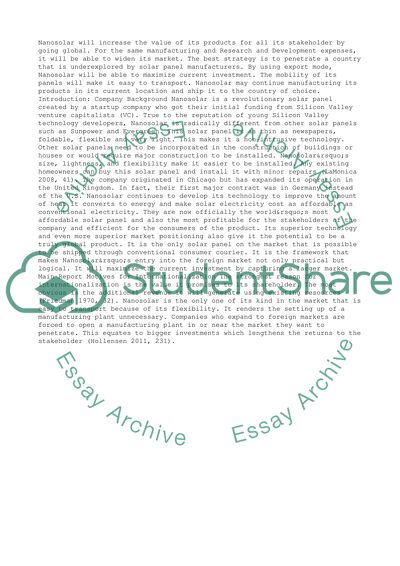Cite this document
(“Nanosolar Solar Panel Essay Example | Topics and Well Written Essays - 3250 words”, n.d.)
Retrieved de https://studentshare.org/business/1391968-global-marketing
Retrieved de https://studentshare.org/business/1391968-global-marketing
(Nanosolar Solar Panel Essay Example | Topics and Well Written Essays - 3250 Words)
https://studentshare.org/business/1391968-global-marketing.
https://studentshare.org/business/1391968-global-marketing.
“Nanosolar Solar Panel Essay Example | Topics and Well Written Essays - 3250 Words”, n.d. https://studentshare.org/business/1391968-global-marketing.


